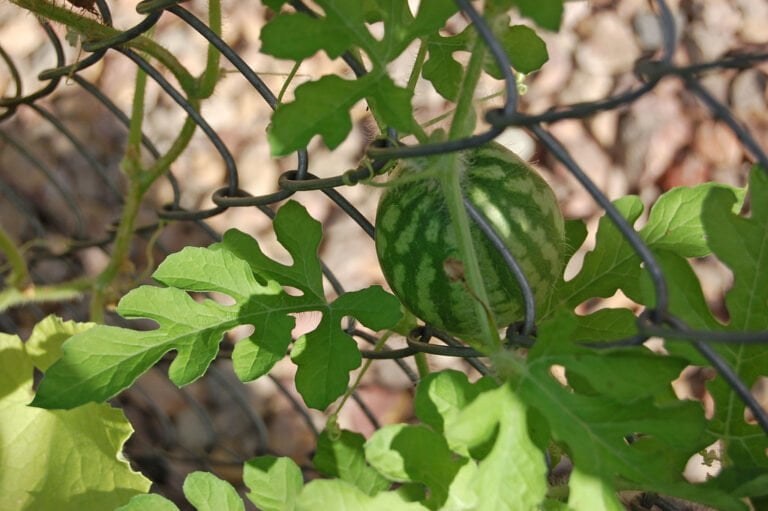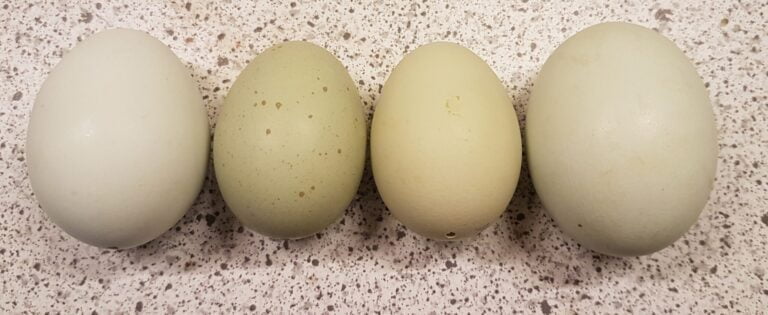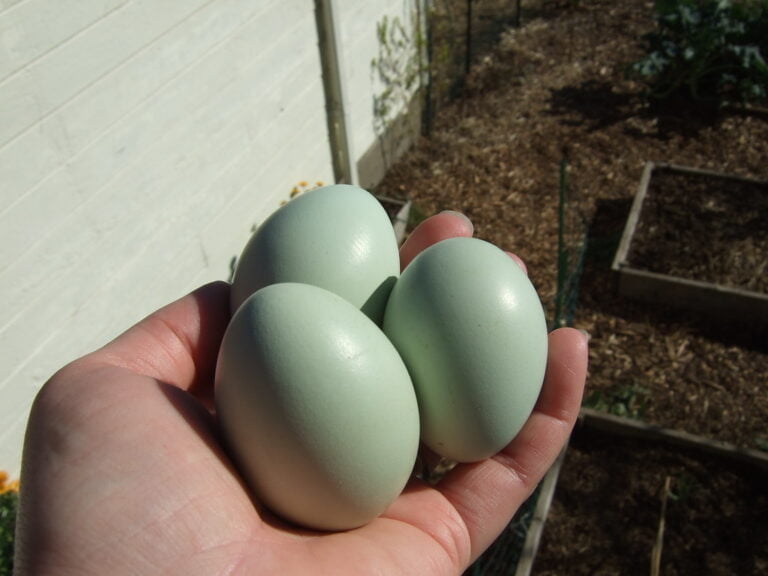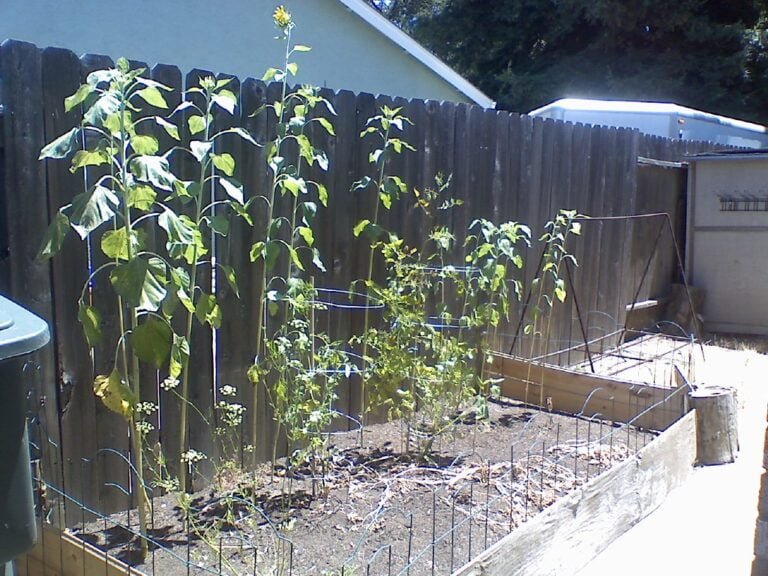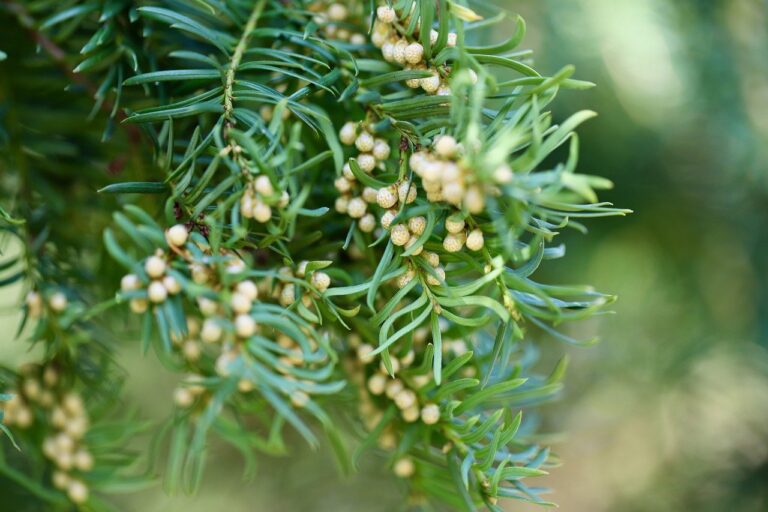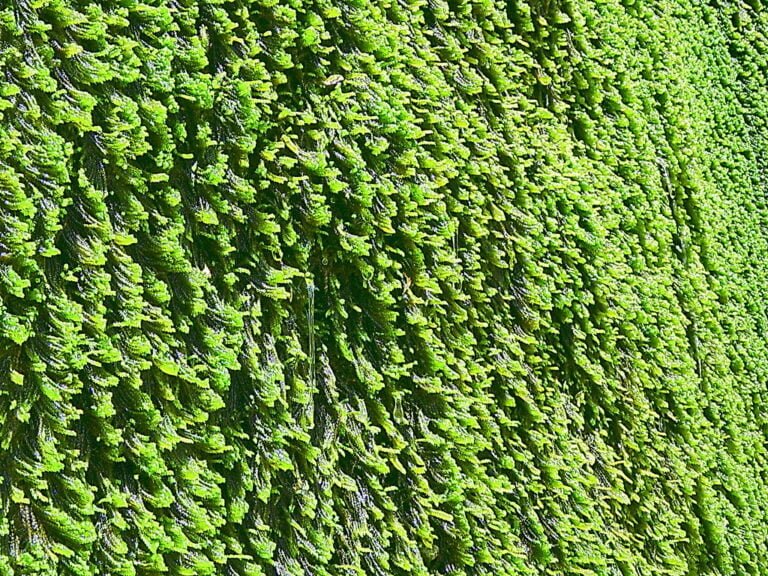Exploring the Different Types of Dieffenbachia Plants
Are you interested in adding some greenery to your indoor space? Explore the different types of Dieffenbachia plants and find the perfect one for your home. From popular species for beginners to rare and exotic cultivars, there is a wide variety to choose from. Learn about their unique leaf patterns, how to propagate them, and even their air-purifying properties. Get ready to create stunning displays with these beautiful plants that will bring life and freshness to your surroundings.
Dieffenbachia Varieties for Indoor Gardening
When choosing Dieffenbachia varieties for indoor gardening, consider their adaptability to different light conditions and their tolerance for low humidity. Some varieties, like Dieffenbachia amoena, also known as Dumb Cane, thrive in bright, indirect light and can tolerate lower light levels. This makes them suitable for rooms with limited natural light. On the other hand, Dieffenbachia seguine, or Dieffenbachia maculata, prefer brighter light and can handle direct sunlight. These varieties are perfect for rooms with ample natural light or windows that receive direct sunlight. In terms of humidity tolerance, Dieffenbachia seguine is more forgiving and can withstand lower humidity levels, while Dumb Cane varieties require higher humidity to thrive. By considering these factors, you can choose the right Dieffenbachia variety for your indoor gardening needs.
Popular Dieffenbachia Species for Beginners
If you're new to indoor gardening, you'll be pleased to know that there are several popular Dieffenbachia species that are perfect for beginners. One such species is Dieffenbachia seguine, also known as Dumb Cane. This plant is known for its large, tropical leaves that come in various shades of green and white. Another popular species is Dieffenbachia maculata, commonly known as Leopard Lily. It features stunning leaves with dark green markings that resemble leopard spots. Dieffenbachia amoena, or Tropic Snow, is another great choice for beginners. It has beautiful variegated leaves with splashes of white and green. All of these species are relatively low maintenance and can thrive in a variety of indoor conditions. They are also known for their air-purifying properties, making them a great addition to any home or office space.
Unique Leaf Patterns of Dieffenbachia Plants
Dieffenbachia plants display a wide range of unique leaf patterns that add beauty and diversity to any indoor garden. These patterns can vary from one Dieffenbachia species to another, making each plant a fascinating addition to your collection. Some Dieffenbachia plants have leaves with white or cream-colored spots or splashes, while others have vibrant green leaves with intricate patterns of dark green veins. There are also Dieffenbachia varieties that feature leaves with bold stripes, ranging from light green to dark green. The leaf patterns of Dieffenbachia plants are not only visually appealing but also serve as a way to identify different species. By carefully selecting and arranging Dieffenbachia plants with various leaf patterns, you can create a stunning and unique display that will impress anyone who sees it.
Choosing the Right Dieffenbachia for Your Space
To find the perfect Dieffenbachia for your space, consider the size and lighting conditions of your indoor garden. Dieffenbachia plants come in various sizes, ranging from compact tabletop varieties to larger floor plants. If you have limited space, opt for a smaller variety like Dieffenbachia 'Camille' or 'Tropic Marianne'. These compact plants can fit nicely on a windowsill or a small shelf. On the other hand, if you have a spacious area, you can choose a larger Dieffenbachia like 'Reflector' or 'Tropic Snow' to make a bold statement. In terms of lighting, Dieffenbachias thrive in bright but indirect light. Place your plant near a north or east-facing window to provide it with the right amount of light. Avoid placing it in direct sunlight as it can scorch the leaves. By considering the size and lighting conditions, you can ensure that your Dieffenbachia will thrive in your space.
Rare and Exotic Dieffenbachia Cultivars
Discover unique and captivating varieties of Dieffenbachia plants that will add a touch of rare beauty to your indoor garden. Rare and exotic Dieffenbachia cultivars are highly sought after by plant enthusiasts for their striking colors and patterns. One such cultivar is the Dieffenbachia 'Tropic Snow,' which features creamy white leaves adorned with green speckles and splotches. Another intriguing cultivar is the Dieffenbachia 'Camouflage,' with its foliage showcasing a mix of green, yellow, and cream tones, reminiscent of a camouflage pattern. For those looking for a splash of vibrant color, the Dieffenbachia 'Sparkles' is a great choice, with its leaves displaying a dazzling blend of greens, pinks, and whites. These rare and exotic Dieffenbachia cultivars are sure to be conversation starters and will infuse your indoor space with a sense of wonder and uniqueness.
Tips for Caring for Dieffenbachia Plants
To properly care for your Dieffenbachia plants, it is important to follow these helpful tips. First, make sure to place your plant in a well-lit area, but avoid direct sunlight as it can scorch the leaves. Dieffenbachia thrives in temperatures between 65-75°F (18-24°C) and high humidity, so misting the leaves regularly or using a humidifier can help maintain the ideal conditions. Water your plant when the top inch of soil feels dry, being careful not to overwater as it can lead to root rot. Fertilize your Dieffenbachia every two to four weeks during the growing season, using a balanced houseplant fertilizer. Lastly, keep an eye out for pests like spider mites or mealybugs, and treat them promptly if detected. Following these tips will ensure your Dieffenbachia plant stays healthy and vibrant.
Propagating Dieffenbachia: a Step-By-Step Guide
Continuing with the care of your Dieffenbachia plants, let's now explore propagating Dieffenbachia through a step-by-step guide. Propagating Dieffenbachia can be a rewarding and cost-effective way to expand your collection or share the joy of these beautiful plants with others. The first step is to choose a healthy parent plant with strong stems and vibrant leaves. Next, prepare a clean container filled with a well-draining potting mix. Take a healthy stem cutting from the parent plant, making sure it has at least two nodes. Remove the lower leaves, leaving only a few at the top. Dip the cut end in rooting hormone and place it in the prepared container. Keep the cutting in a warm and humid environment, ensuring it receives indirect light. Mist the cutting regularly and water it when the top inch of soil feels dry. After a few weeks, roots will start to develop, indicating successful propagation. Once the roots are well-established, you can transfer the new Dieffenbachia plant to a larger pot and continue to care for it as you would with a mature plant.
Managing Common Pests and Diseases in Dieffenbachia
To effectively care for your Dieffenbachia plants, it is important to be knowledgeable in managing common pests and diseases. One common pest that can infest your Dieffenbachia is the spider mite. These tiny pests suck the sap from the plant, causing yellowing leaves and webbing. To control spider mites, you can use insecticidal soap or neem oil to suffocate and kill them. Another common pest is the mealybug, which appears as small, white, cotton-like clusters on the leaves and stems. To eliminate mealybugs, you can dab them with rubbing alcohol or use insecticidal soap. Dieffenbachia plants can also be prone to fungal diseases, such as leaf spot and root rot. To prevent these diseases, avoid overwatering and provide proper air circulation. If your plant does develop a disease, remove affected leaves and treat with a fungicide. By being proactive in managing pests and diseases, you can keep your Dieffenbachia plants healthy and thriving.
Dieffenbachia Plants and Their Air-Purifying Properties
As you care for your Dieffenbachia plants and manage common pests and diseases, it is important to understand their air-purifying properties. Dieffenbachia plants are known for their ability to improve indoor air quality by removing harmful toxins and pollutants. They do this through a process called phytoremediation, where the plants absorb toxins through their leaves and roots and convert them into harmless substances. Some of the common indoor pollutants that Dieffenbachia plants can help eliminate include formaldehyde, benzene, xylene, and trichloroethylene. These pollutants can come from everyday household items such as cleaning products, paints, and furniture. By having Dieffenbachia plants in your home or office, you can create a healthier and cleaner environment for yourself and others. Remember to place these plants in well-ventilated areas and avoid overwatering to maintain their air-purifying benefits.
Creating Stunning Displays With Dieffenbachia Plants
To create stunning displays with Dieffenbachia plants, consider incorporating them into your existing home decor. These vibrant plants can add a touch of natural beauty to any space, whether it's your living room, bedroom, or even your office. One way to showcase their beauty is by placing them in decorative pots or planters that complement your interior design style. You can also create a focal point by grouping different varieties of Dieffenbachia plants together, creating a visually appealing arrangement. Another idea is to use them as tabletop or mantelpiece decorations, adding a pop of color and texture to your space. Remember to place them in well-lit areas, as they thrive in bright, indirect light. With a little creativity, you can easily create stunning displays with Dieffenbachia plants that will impress your guests and bring joy to your everyday life.
Conclusion
In conclusion, Dieffenbachia plants offer a wide variety of options for indoor gardening enthusiasts. With their unique leaf patterns and air-purifying properties, they make a stunning addition to any space. Whether you're a beginner or an experienced gardener, there is a Dieffenbachia variety that will suit your needs. By following the step-by-step guide for propagation and managing common pests and diseases, you can ensure the health and vitality of your Dieffenbachia plants. So why not explore the different types of Dieffenbachia and create a beautiful display in your home?

